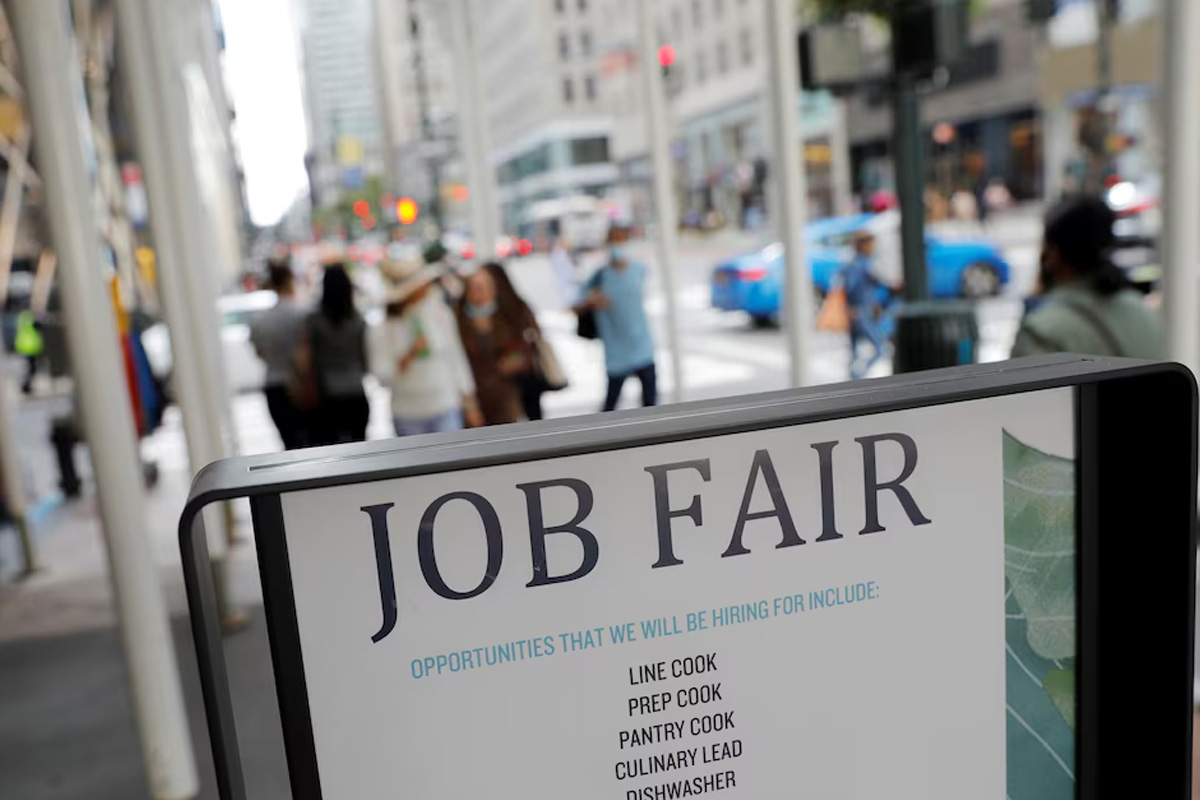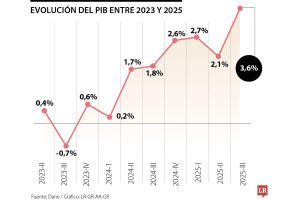Unadjusted claims decreased 12,730 to 189,992 last week. Applications in California plunged by 5,369, while filings in Oregon fell 2,580. They more than offset notable increases in Michigan and Missouri.


HOUSING SUPPLY IMPROVES
Stocks on Wall Street were trading higher. The dollar was steady versus a basket of currencies. U.S. Treasury prices fell.
In a separate report on Thursday, the National Association of Realtors said existing home sales jumped 9.5% last month to a seasonally adjusted annual rate of 4.38 million units, the highest level since February 2023. The monthly increase in sales was also the largest since February 2023.
Economists had forecast home resales would fall to a rate of 3.94 million units. Sales were boosted by an improvement in housing supply, with inventory surging 5.9% to 1.07 million units, the highest for any February since 2020. Supply was up 10.3% from one year ago.
Home resales, which account for a large portion of U.S. housing sales, fell 3.3% on a year-on-year basis in February.
The housing market has been battered by the Fed’s aggressive monetary policy stance as it fights inflation, and the signs of improvement in supply, together with retreating mortgage rates, bode well for the spring selling season.
Nonetheless, housing inventory is still well below the nearly 2 million units before the pandemic. Homes in many areas, especially in the Northeast, continue to receive multiple offers, pushing out first-time buyers, who accounted for only 26% of transactions last month.
That share is well below the 40% that economists and realtors say is needed for a robust housing market. A fifth of the homes sold last month were above listing price.
“If broader activity remains strong, a further normalization of home sales and new listings could be an indication that homebuyers are adapting to a higher level of rates,” said Veronica Clark, an economist at Citigroup in New York.
The increase in sales means more brokers’ commissions, which should boost the residential investment component in the gross domestic product report. Goldman Sachs raised its first-quarter GDP growth estimate to a 1.9% annualized rate from a 1.7% pace. The economy grew at a 3.2% rate in the fourth quarter.
The economy’s improving prospects for this year were reflected in a fourth report from the Conference Board showing its leading economic index rebounded 0.1% in February after declining 0.4% in January. That was the first increase since February 2022.







